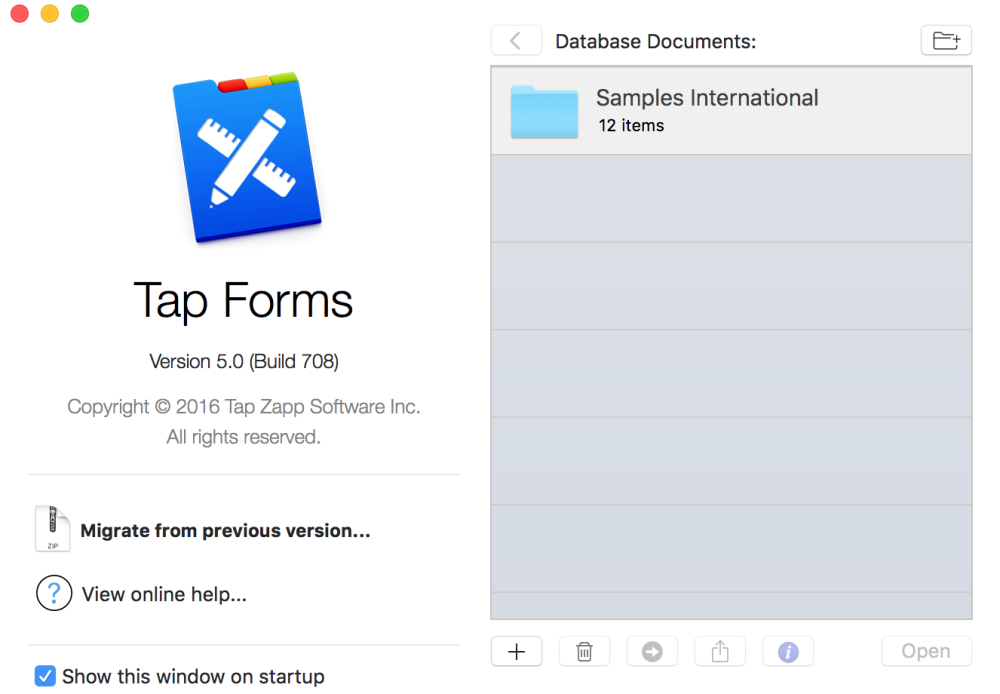


This answer summarizes multiple other existing answers, and includes recent details as of Android 12 being introduced, and includes instructions for clearing existing app backup data generated from a device. Note that if you set android:allowbackup but do not configure android:fullBackupContent with a Google api code then the apps data only gets stored locally, whereas if you configured it properly then if your app was backed up and you get a new device the apps data was stored on the cloud so it can be restored on a new device. OR it will also restore when the app is sideloaded through adb, which is what we do when we run the app for testing or debug on our devices through Android Studio. However the documentation states, and I have confirmed with testing, that a restore will only occur either when the device is restored and the restore app data process is triggered. I recently needed to take advantage of these features, I was able to uncover documentation and upon extensive testing this is what I have been able to deduce:Īndroid:allowbackup - will backup local app data on the device it is located on.Īndroid:fullBackupContent - is used in conjunction with Google's backup restore api and CAN be controlled via an xml file to specify what exactly to backup, as well as a BackupManager class you may implement for further control over the process. I'd expect this to be an opt-in feature but.seems like it might be on by default for apps which don't specify the value either way. Once we explicitly set the value to false, all seems to work. We've modified our AndroidManifest by adding the following two lines: android:allowBackup="false"Īfter adding them, our AndroidManifest contained the following xml: Since I don't know exactly when backups and restores occur this feature seems to cause only problems. The backup also seemed to overwrite newer data when launching from Visual Studio, and we have reports of users using the release build of our app and also getting newer data overwritten by the backups. It's also worth noting that we never explicitly told the app to store a backup. It didn't matter if I simply stopped and re-ran it from VS, or if I completely uninstalled the app and reinstalled it. When developing my Android app (using Xamarin), I noticed that whenever I'd re-launch the app from Visual Studio, my data would revert back to data from a few months ago. When you edit a note and return to the Library, that note is backed up.Greywolf82's answer is correct but I want to add some info to this.When you enable Auto-Backup or change its settings, all of your notes are backed up.The backup copy stays in your backup service. If I delete a note in Notability, is the backup copy deleted? You can import an entire subject of backup files into Notability at once by following this guide. Notability can't restore subjects and dividers from a backup automatically, so they must be remade manually. If a subject is locked, type in its password and tap “OK”.In Auto-Backup's settings, tap "Subjects to Back Up".You can enable backups for password-protected notes and disable backups for other notes. rtfd files, so you'll have to unzip them to import their contents back into Notability.īy default, Auto-Backup does not back up password-protected notes. This makes files that contain an RTF and a folder of. zip files, so you'll have to unzip them to import their contents back into Notability. This is a good way to share recordings with people who don't use Notability. zip files that contain a PDF and a folder of. This is a good way to share notes with others who use Notability. It includes audio recordings and keeps everything in a note editable if you import the file back into the app. This is a good way to export typed text that you want to edit in another app. Bookmarks and audio recordings will not be included. To include background lines and colors, enable the "Paper" toggle after you select PDF as your file format. In Auto-Backup's settings, tap "File Format".You can back up your notes in one of several file formats. Navigate to the desired destination folder.In Auto-Backup's settings, tap "Destination".Changing Auto-Backup's Destination FolderĬhanging Auto-Backup's Destination Folderīackups go to a folder named "Notability" by default, but you can choose a different folder.If multiple devices are synced through iCloud, you can only use Auto-Backup on one of them.

For a two-way sync across devices: iCloud Syncing.


 0 kommentar(er)
0 kommentar(er)
